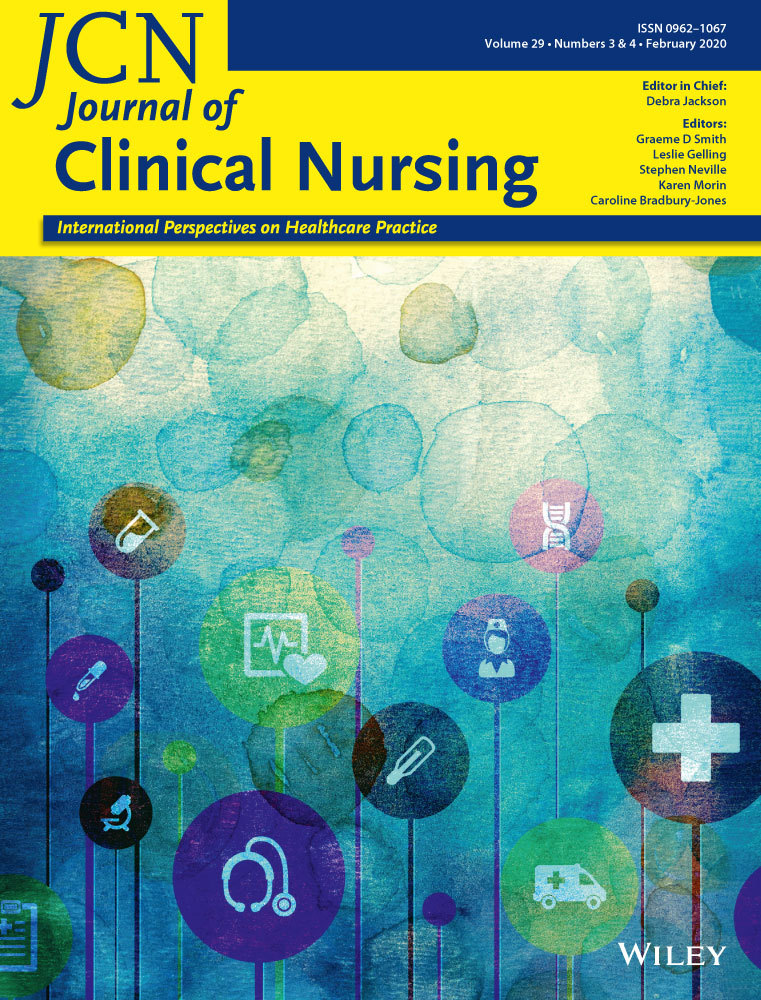Patients’ satisfaction and experiences during elective primary fast-track total hip and knee arthroplasty journey: A qualitative study
Funding information
This research has been supported by a grant from Business Finland as part of a project called “Intelligent Customer-driven Solution for Orthopedic and Pediatric Surgery Care.” The funder has not influenced the design, conduct, analysis or reporting of the study.
Abstract
Aims and objectives
To explore how satisfied patients are with the process of treatment and care and to identify the experiences that patients perceive during elective primary fast-track total hip and knee arthroplasty journey.
Background
Greater satisfaction with care has predicted better quality of recovery, and patient experience has been positively associated with patient safety and clinical effectiveness. However, a little is still known about how patients experience their treatment and care.
Design
A qualitative interview study.
Methods
The study was conducted among 20 patients in a single joint replacement centre during 2018. Patient satisfaction was measured using a numerical rating scale. Patients’ experiences were identified through qualitative semi-structured interviews which were analysed using an inductive content analysis method. The COREQ checklist was used (Supporting Information).
Results
The mean numerical rating scale score for overall satisfaction was 9.0 (SD 1.1) on a scale from 0–10. The patients’ experiences were grouped under eight main categories that were derived from the qualitative data in the analysis: (a) patient selection, (b) meeting the Health Care Guarantee, (c) patient flow, (d) postdischarge care, (e) patient counselling, (f) transparency of the journey, (g) communication and (h) feedback.
Conclusions
The findings suggest that patients are highly satisfied after an elective primary fast-track total hip and knee arthroplasty. However, closer analysis of the patients’ experiences reveals challenges and suggestions on how they could be solved, often involving digital technologies.
Relevance to clinical practice
As the number of total joint arthroplasties grows, patients and their families need to take ever greater responsibility, for their own care from advance preparation to rehabilitation. The findings of the study can be used to organise work, improving patient-clinical communication, fostering engagement and improving patient centredness. In addition, the results pinpoint the issues on how the patient experience could be improved.
CONFLICT OF INTEREST
The authors have no conflict of interest.
Open Research
DATA AVAILABILITY STATEMENT
The datasets generated and analysed are not publicly available. Datasets are available from the authors on reasonable request and with permission from the relevant academic centre.




